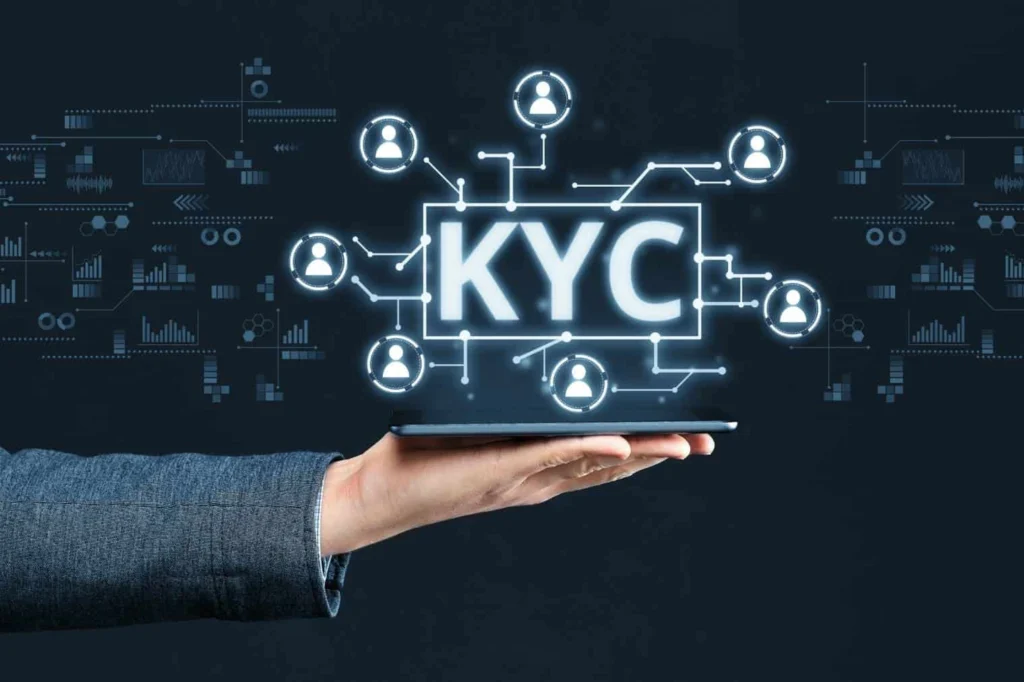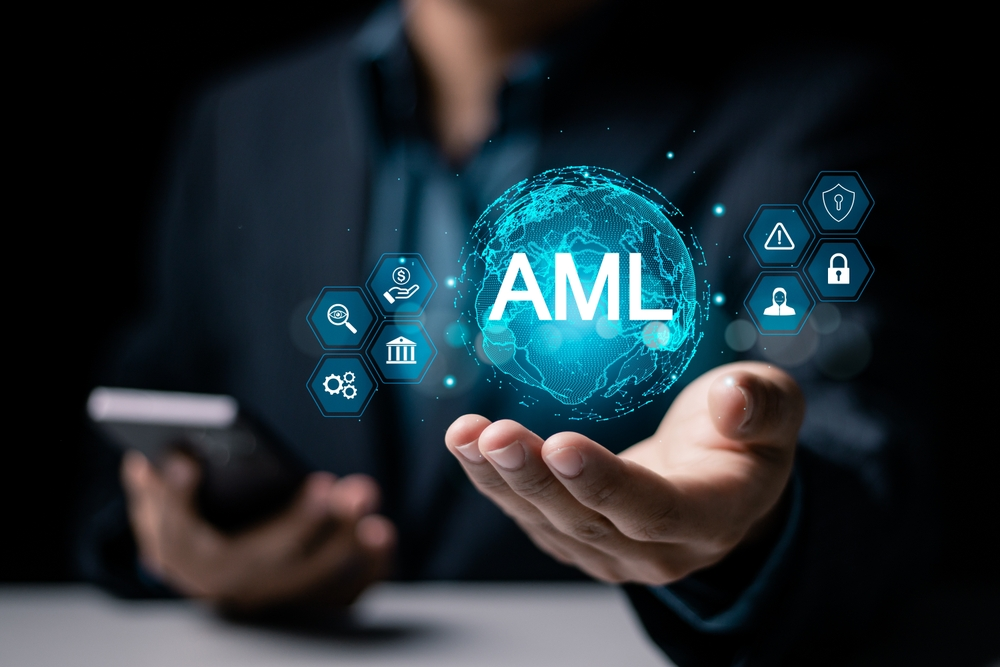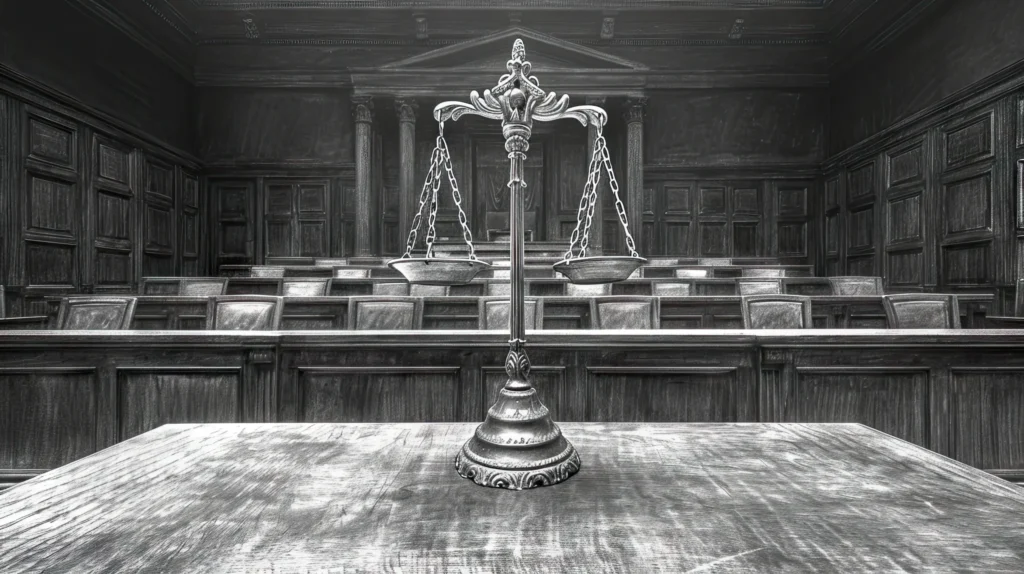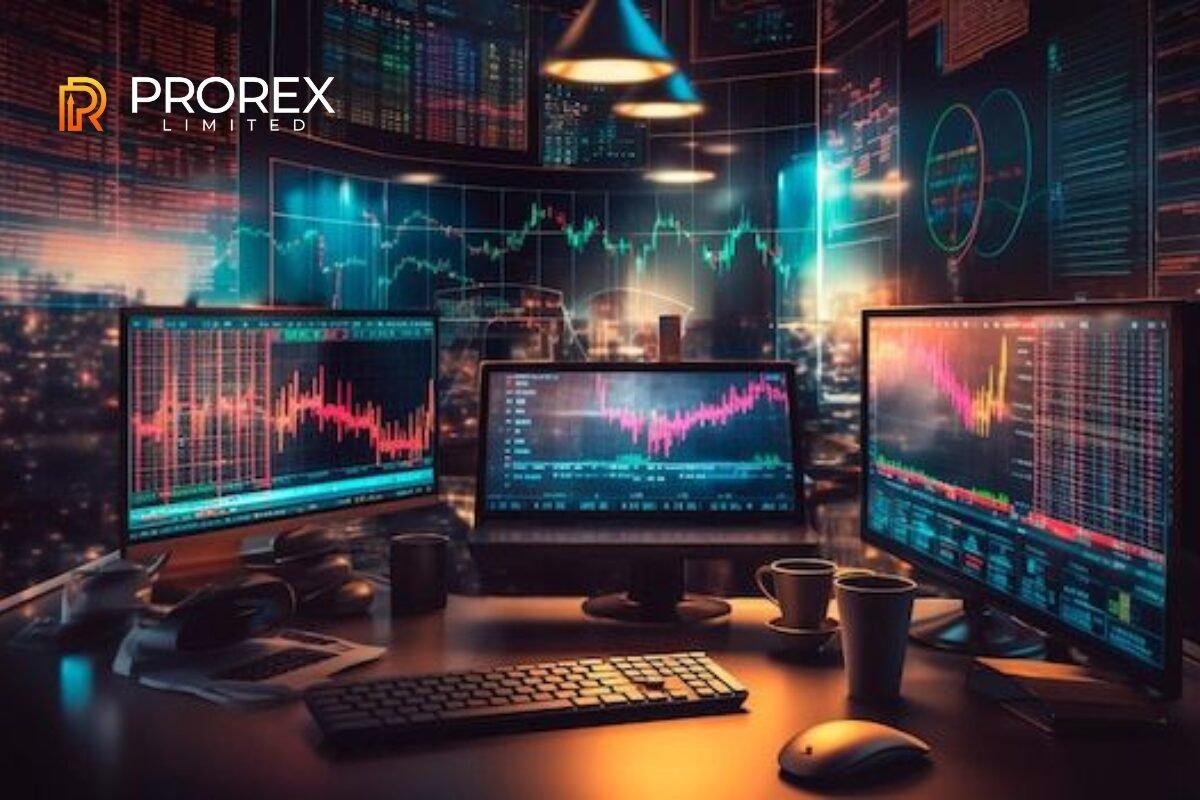Blockchain and RWAs: A Technical Breakdown of Impact, Opportunity, and Challenges
The integration of real-world assets (RWAs) into blockchain ecosystems is gaining traction—fast. From tokenized real estate and invoice financing to on-chain representations of commodities and securities, this evolution is transforming how traditional assets are issued, traded, and settled. But what’s really happening under the hood? Here’s a breakdown of the blockchain RWA impact from a technical and functional perspective.


1. Tokenization: Translating Assets Into Digital Units in Blockchain RWA Impact
Definition:
Tokenization is the process of converting rights to a real-world asset into a digital token on a blockchain.
Technical Mechanics:
- Smart Contracts: Used to define ownership, transferability, and embedded rules (e.g., lock-up periods, dividend logic).
- Token Standards: Most commonly ERC-20 or ERC-721/1155 (on Ethereum) for fungible and non-fungible asset representation.
- Custody Layer: Physical or legal title of the asset must be held by a trusted third party (or through legal wrappers) to enforce real-world claims.
Why It Matters:
Tokenization introduces programmable ownership, which allows fractional access, automated compliance, and cross-border liquidity.


2. Accessibility: Global Reach via Permissionless Rails
Legacy Model:
Access to RWAs is typically confined to institutional players, accredited investors, or local jurisdictions.
Blockchain Approach:
- Permissionless Protocols: Anyone with a wallet can interact with tokenized assets, subject to legal restrictions enforced via KYC/AML on entry points.
- Composability: Integration with DeFi protocols (e.g., lending, trading, derivatives) for broader utility.
Limitations:
Access may still be gated by:
- Local laws (securities classifications)
- Platform-level compliance
- Network congestion and gas fees (on chains like Ethereum)


3. Transparency and Auditability: Immutable Ledgers
Traditional Systems:
Opaque processes, limited auditability, and high reliance on centralized record-keepers.
Blockchain Benefits:
- On-chain Transactions: Full transaction history is traceable and time-stamped.
- Proof of Ownership: Token balances and contract logic are visible to all network participants.
Tooling Examples:
- Block explorers (e.g., Etherscan)
- Real-time audit platforms (e.g., Chainlink Proof of Reserve)
Risks:
Privacy and data leakage, particularly for sensitive commercial transactions, unless mitigated via zero-knowledge proofs or private chains.
4. Liquidity Mechanisms: From Locked Capital to Real-Time Trades
Legacy Systems:
RWA transactions often involve slow settlement cycles (T+2 or longer), illiquid markets, and large capital requirements.
Blockchain Mechanics:
- 24/7 Markets: DEXs and secondary marketplaces enable real-time trading of tokenized assets.
- Fractionalization: High-value assets can be divided into smaller, tradable units.
- Automated Market Makers (AMMs): Potential for non-custodial liquidity pools tied to real-world value.
Caveat:
Secondary market liquidity depends on regulatory approval and demand-side participation. Market depth remains thin in early deployments.


5. Legal & Jurisdictional Friction
Core Issue:
Blockchains are global, but real-world assets are bound by local laws.
Key Technical-Legal Gap Areas:
- Finality & Enforcement: Smart contracts execute autonomously, but enforcement in physical courts is jurisdiction-dependent.
- Digital vs. Legal Title: Token ownership ≠ legal ownership unless contractually and jurisdictionally recognized.
- Cross-border Compliance: Varying standards (e.g., SEC in the U.S., ESMA in Europe) complicate global offerings.
Workarounds:
- Token wrapper structures (SPVs, custodial trusts)
- Compliance-oriented protocols (e.g., Centrifuge, Polymesh)
6. Off-Chain Realities: Bridging Digital and Physical Worlds
Even the best smart contracts can’t fix real-world operational friction.
Examples:
- Property maintenance and registration
- Legal disputes or asset seizures
- Insurance and valuation fluctuations
Solutions in Progress:
- Oracle systems (e.g., Chainlink) to bring real-world data on-chain
- Legal enforceability frameworks (e.g., LexDAO, OpenLaw)
Bottom Line:
Blockchain doesn’t eliminate off-chain obligations—it just adds a new trust and execution layer.
7. Adoption Hurdles: UX, Custody, and Institutional Trust
Challenges:
- Wallet complexity (seed phrases, private key management)
- Bridge security risks when moving assets across chains
- User education barriers for traditional investors
- Institutional skepticism due to past fraud and volatility
In Development:
- Regulated custodians (e.g., Anchorage, Fireblocks)
- User-friendly wallets (e.g., Argent, Metamask Institutional)
- Compliance-focused platforms (e.g., Tokeny, Securitize)
Conclusion: Blockchain RWA Is Technically Viable, But Still Maturing
So is blockchain revolutionizing RWA—or just creating a new layer of complexity?
Technically: The foundations are solid—token standards, smart contracts, and oracles are ready.
Operationally: Friction remains—especially around regulation, UX, and off-chain enforcement.
Financially: Liquidity and investor access are promising, but ecosystems are still immature.
The blockchain RWA impact is no longer theoretical—but its success will depend on solving deep infrastructure and legal integration challenges. Watch this space—it’s moving fast.
Relevant Link : Blockchain vs. Traditional RWA: 7 Key Differences That Are Changing the Game



